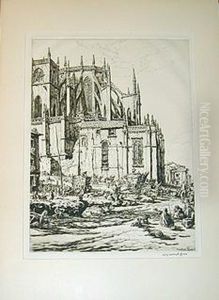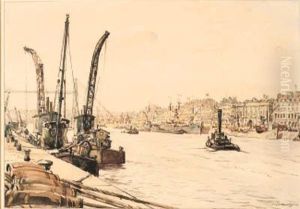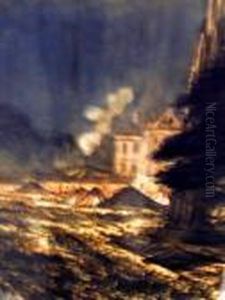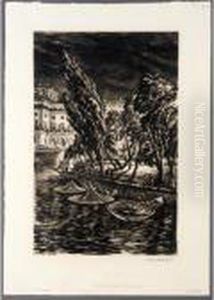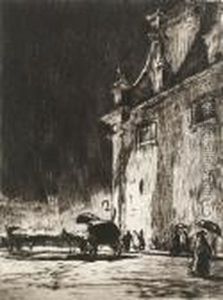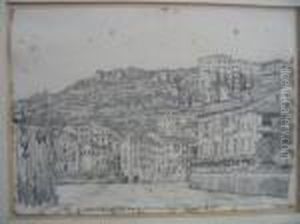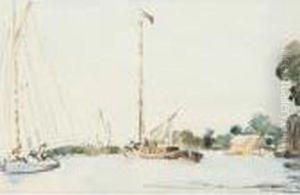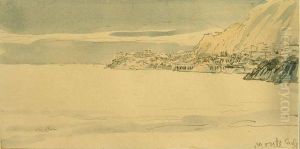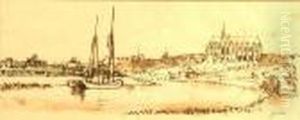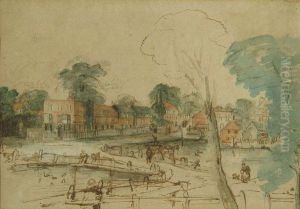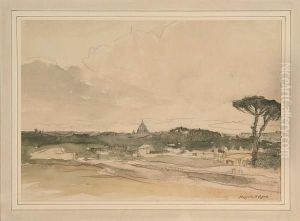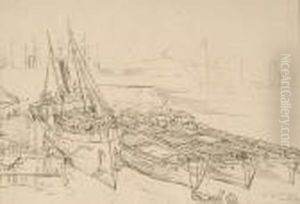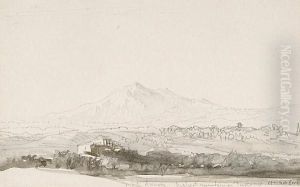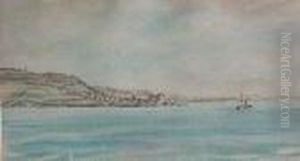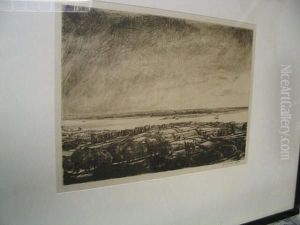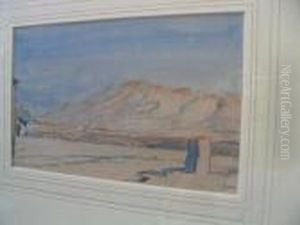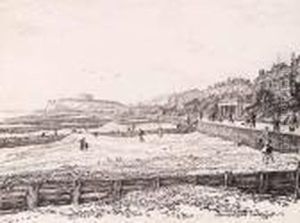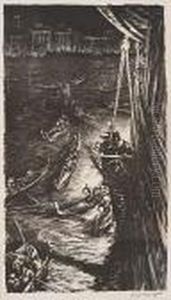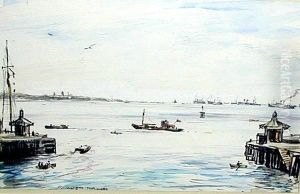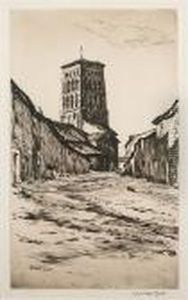Muirhead Bone Paintings
Muirhead Bone was a Scottish etcher and watercolorist known for his detailed architectural and urban views, as well as landscapes and portraits. Born on March 23, 1876, in Glasgow, Scotland, Bone was originally intended to become an architect but his passion for art led him to pursue a career as an artist. He began his studies at the Glasgow School of Art in 1898 and quickly gained recognition for his remarkable precision and ability to capture the essence of his subjects.
Bone's work was largely influenced by the changing urban environment of the late 19th and early 20th centuries. His etchings often depicted the construction and demolition of buildings, capturing the transitional nature of the urban landscape. He had a keen eye for detail, which was reflected in his intricate etchings that often contained a myriad of fine lines and complex compositions.
In 1901, Bone moved to London where he became associated with the New English Art Club. His reputation continued to grow, and in 1916, he was appointed as Britain's first official war artist, tasked with documenting the scenes of World War I. His wartime work included both architectural studies and images of military life, offering a unique insight into the war's impact on the European landscape and society.
After the war, Bone continued to travel extensively, producing etchings, drypoints, and watercolors of scenes from around the world, including the United States, Spain, and Italy. His work was well-received, and he held several successful exhibitions throughout his life.
Bone's contributions to art were recognized with numerous honors. In 1937, he was knighted, and he also served as a trustee of several prestigious British art institutions, including the Tate Gallery and the National Gallery. His legacy is preserved through his vast body of work, which continues to be celebrated for its precision and beauty.
Muirhead Bone's death on October 21, 1953, marked the end of a career that spanned more than half a century and left a significant mark on the world of printmaking and watercolor painting. His works remain an important part of British art history and continue to be studied and admired by art enthusiasts around the globe.
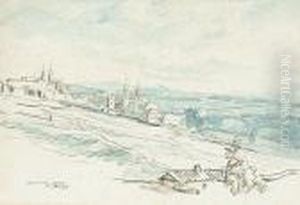
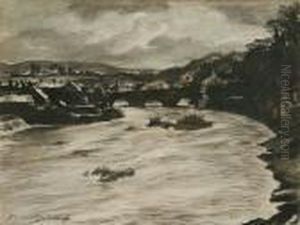

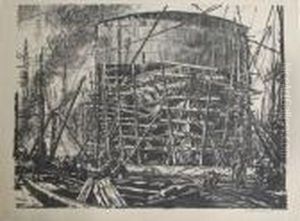
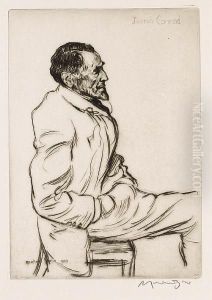
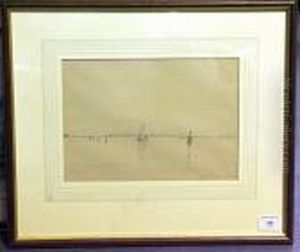
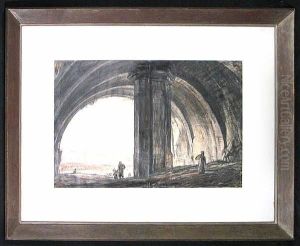
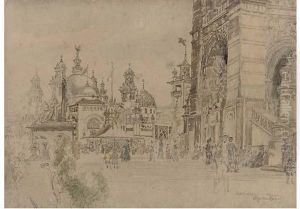
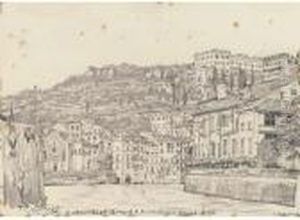
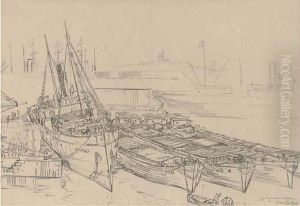
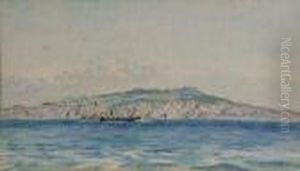
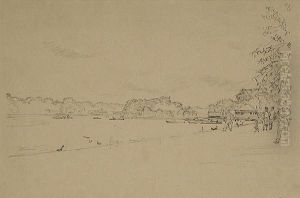
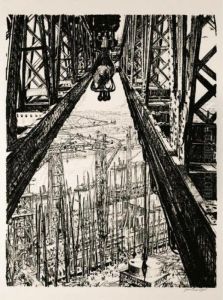
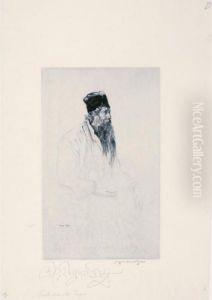
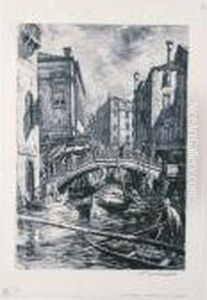
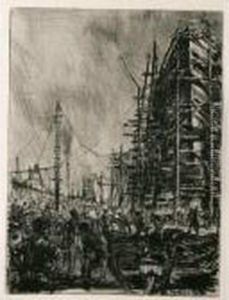
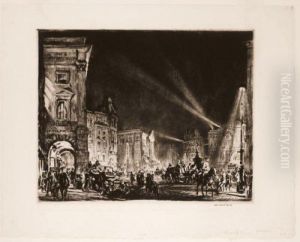

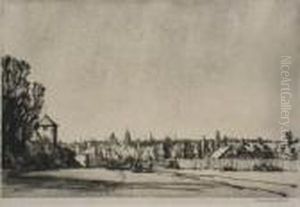
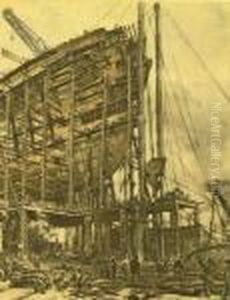
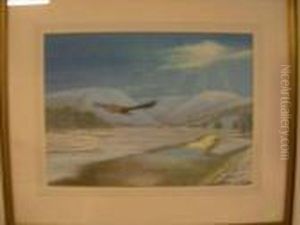
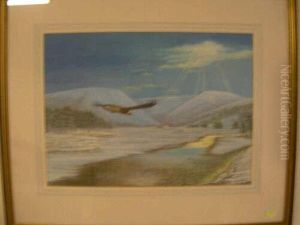
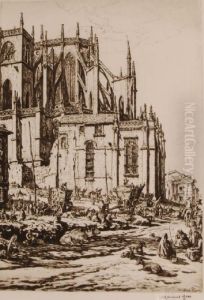
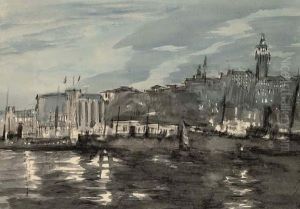
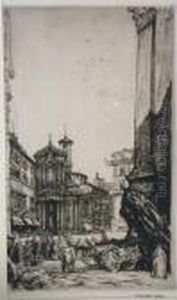
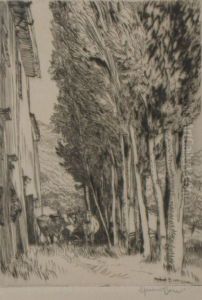
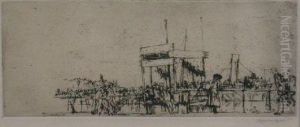
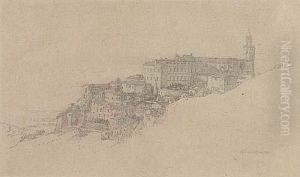
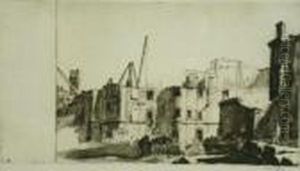
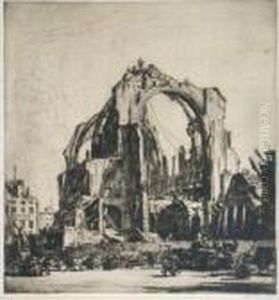
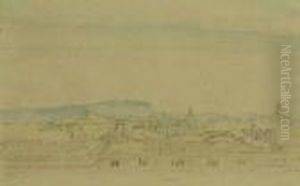
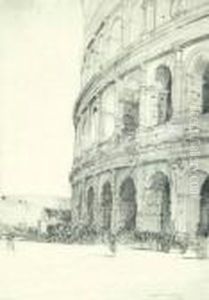
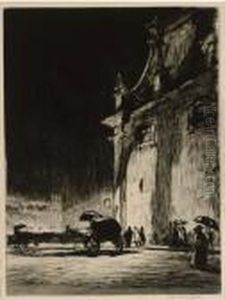
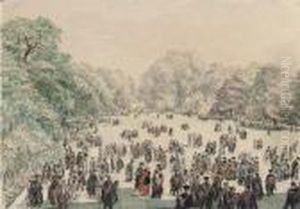
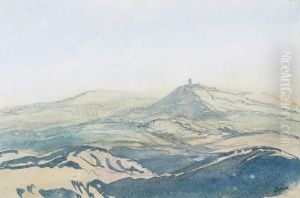
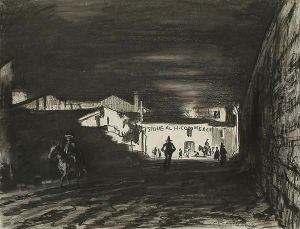
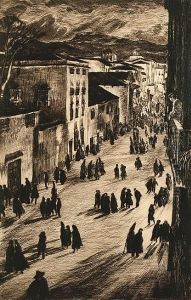
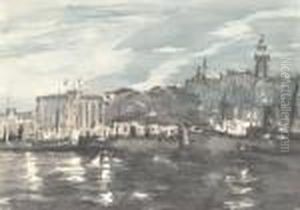
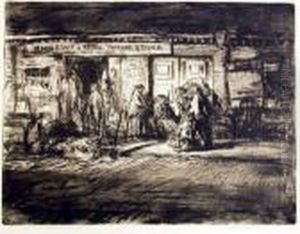
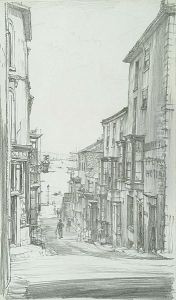
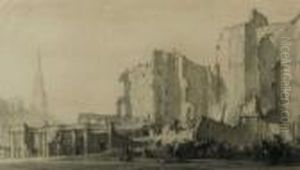
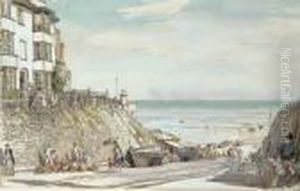
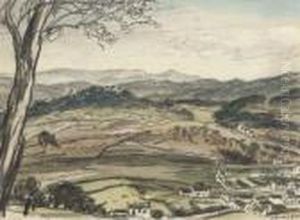
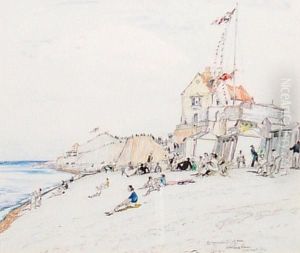
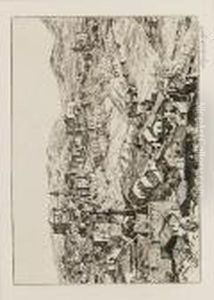
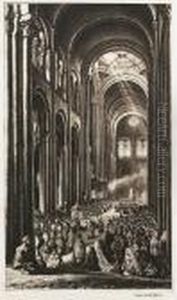
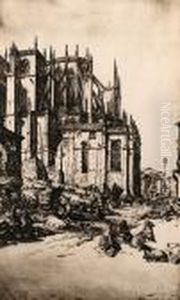
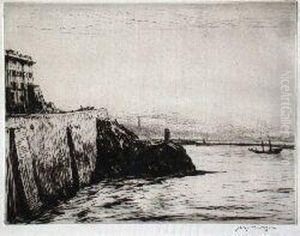
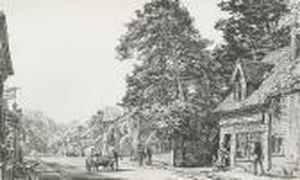
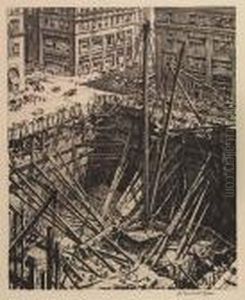
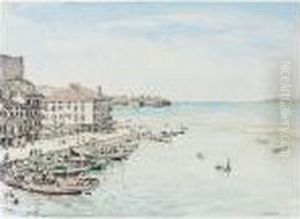
![The Guilio Caesare Going Down The Hudson July 1/23; [flattire]](https://www.niceartgallery.com/imgs/1906232/s/muirhead-bone-the-guilio-caesare-going-down-the-hudson-july-123-flattire-a1399b0b.jpg)
